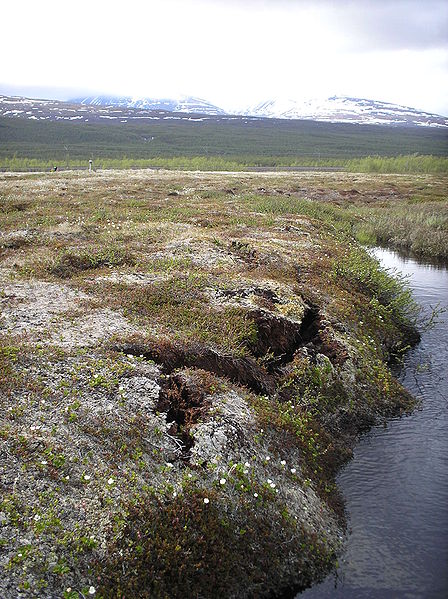Until the ban on the use of poisons, quantities were emitted, some of which entered the environmental system and concentrated mainly on the top predators and later sank and left the system, a large part of the May molecules were "imprisoned" in the ice at the poles

The 12 pollutants is the name given to substances that were used to kill insects and plants and are known as persistent organic pollutants (POPs), the best known of which is DDT. All of them have resistant molecules that do not break down in nature, molecules that are defined as "accumulating in living cells" bio-accumulate and as such as they go up the food chain their concentration increases, a concentration that harms the development and fertility of many animals.
Following the recognition of the heavy damages caused by the May, the Stockholm Convention was held in Stockholm (2001) in which it was decided to stop the production and use of the dozen pollutants. Between 1993 and 2009, the concentrations of May were monitored by a number of stations in the world and it turns out that immediately after the implementation of the ban from the Stockholm Convention (2004), the concentrations of May began to decrease.
But in recent years there has been an alarming trend of an increase in the concentration of toxins. In a survey published in the monthly Nature Climate Change in which the concentration of three of the poisons DDT, HCH, cis-chlordane was tested by monitoring stations on the island of Svalbard (Norway) and in northern Canada, it turns out that "due to global warming there is an increase in the concentrations The three substances being tested. The explanation offered by the researchers is that until the ban on the use of poisons, quantities were emitted, some of which entered the environmental system and concentrated mainly on the top predators and later sank and left the system, a large part of the May molecules were "imprisoned" in the ice at the poles. When the atmosphere warms and the ice melts, the toxins return to the system. The toxins, most of which do not dissolve in water, also evaporate from areas that were permanently frozen (permafrost) and return to the environmental system.
According to the researchers: "A wide variety of May are becoming available in the atmosphere of the North Pole". Spokesperson for the "Canadian Environmental Agency" the agency Environment Canada in Toronto. Says that "the Arctic warming process undermines the efforts to reduce the exposure of people and the environment to toxins", the warming will cause the release of AI also from the depths of the ocean and continental glaciers, a release that will increase the concentration of toxins in the environment. And so despite the Stockholm Convention, the dozen pollutants will be in our environment longer than the researchers assumed and hoped.
The "return from the cold" of the MAI concentrations, the poisons produced by the previous industrial generation, poisons that will continue and harm the natural environment and its inhabitants for many generations to come, and for this it is said that "Fathers ate unripe and children's teeth will grind."

2 תגובות
How exactly did these substances that have not existed in nature for a long time manage to reach the depths of the oceans and, moreover, to be absorbed into glaciers at the poles?... My simple logic says that the polar glaciers will release materials that were preserved in them from eons ago.
Very nice. An interesting and enlightening article. Thanks